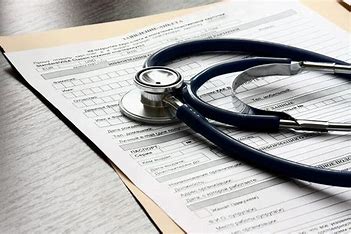Pharmacovigilance in infectious diseases, particularly concerning antimicrobial agents, is crucial for ensuring patient safety and effective treatment outcomes. Here’s an overview of key aspects to consider:
Importance of Pharmacovigilance in Infectious Diseases
- Monitoring Adverse Events: Antimicrobials can cause various adverse effects, ranging from mild to severe. Continuous monitoring helps identify these effects early, allowing for timely interventions.
- Resistance Patterns: With the rise of antimicrobial resistance (AMR), pharmacovigilance plays a role in tracking resistance trends and informing guidelines for safe and effective antimicrobial use.
- Drug Interactions: Patients with infectious diseases often take multiple medications. Pharmacovigilance helps identify potential drug interactions that could compromise safety or efficacy.
Key Components of Pharmacovigilance
- Data Collection: Gathering data from clinical trials, spontaneous reports, electronic health records, and registries to assess the safety of antimicrobials.
- Signal Detection: Analyzing data to identify signals of potential safety issues associated with specific antimicrobials, including unexpected adverse reactions or increased incidence of certain events.
- Risk Assessment: Evaluating the severity, frequency, and potential causal relationship of reported adverse events to determine if the benefits of an antimicrobial outweigh the risks.
- Regulatory Actions: Collaborating with health authorities to implement necessary regulatory measures, such as label changes, warnings, or recalls based on safety findings.
Challenges in Pharmacovigilance
- Underreporting: Many adverse events go unreported, leading to an incomplete safety profile for antimicrobial agents.
- Complexity of Infections: The multifactorial nature of infectious diseases makes it challenging to attribute adverse events solely to antimicrobial treatment.
- Global Variability: Different regions may have varying practices for reporting and monitoring drug safety, impacting the comprehensiveness of pharmacovigilance efforts.
Future Directions
- Enhanced Reporting Systems: Developing user-friendly reporting systems to encourage healthcare professionals and patients to report adverse events.
- Use of Technology: Leveraging artificial intelligence and big data analytics to improve signal detection and risk assessment processes.
- Education and Awareness: Increasing awareness among healthcare providers and patients about the importance of reporting adverse effects and understanding the risks associated with antimicrobials.
- Collaboration: Encouraging partnerships between regulatory agencies, pharmaceutical companies, and healthcare providers to share data and improve safety monitoring.
Conclusion
Pharmacovigilance is essential in the realm of infectious diseases and antimicrobial use. By effectively monitoring and assessing antimicrobial safety, we can enhance patient care, combat AMR, and ultimately improve public health outcomes. Ongoing efforts to refine pharmacovigilance practices will be vital in addressing the challenges posed by infectious diseases and their treatments.
To learn more from related topics, please visit our website or newsletter at https://medipharmsolutions.com/newsletter/


No Comments